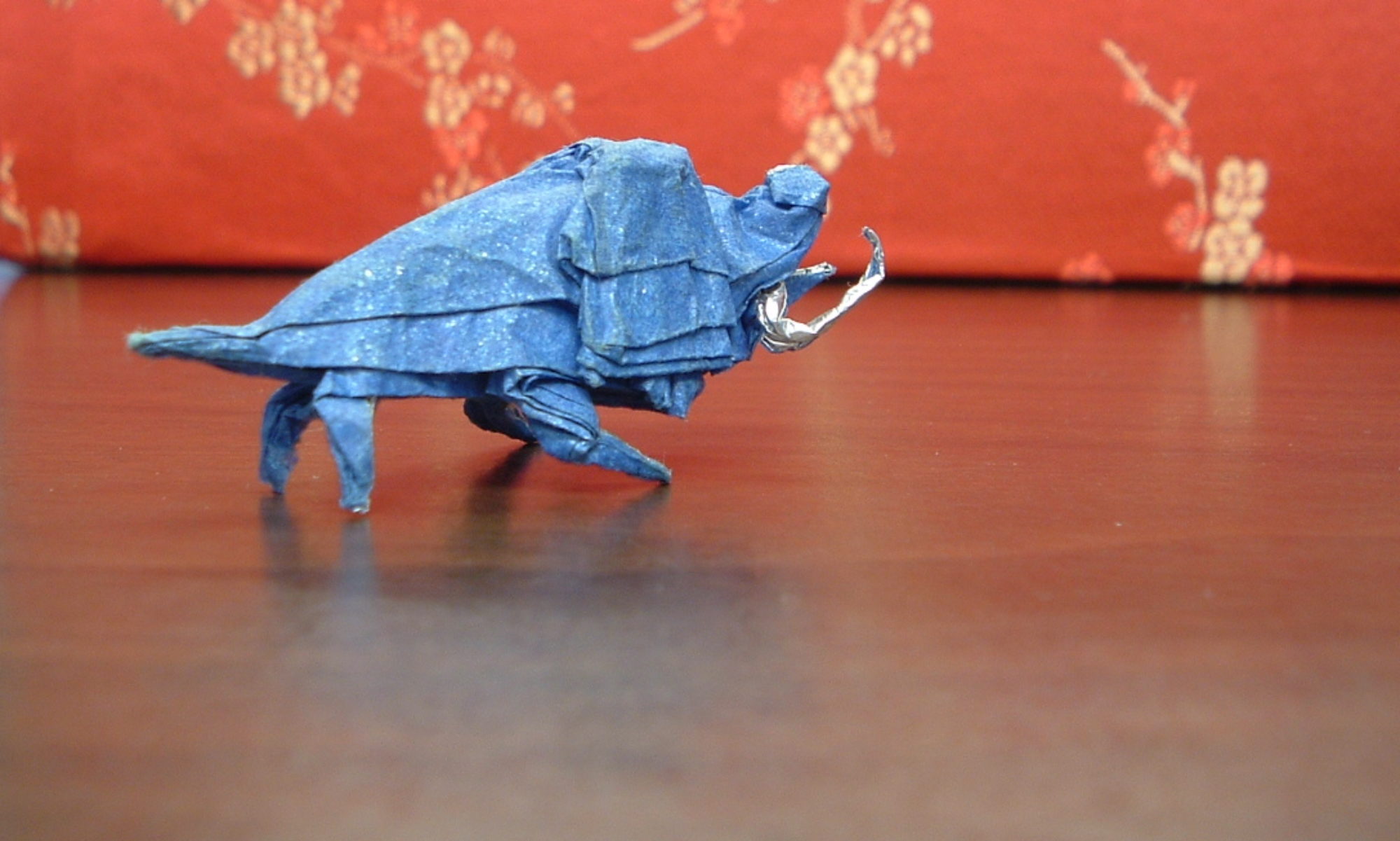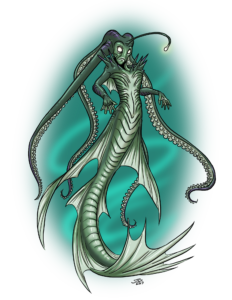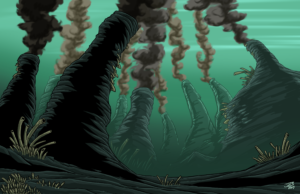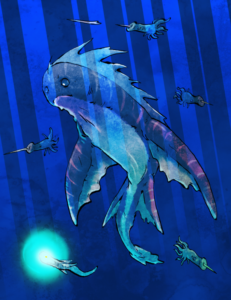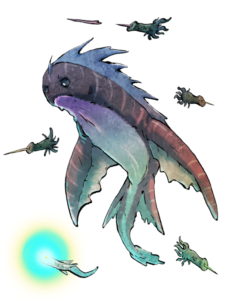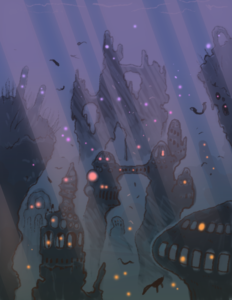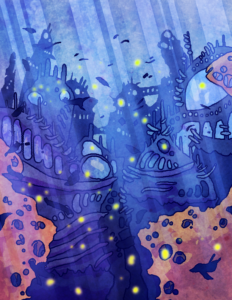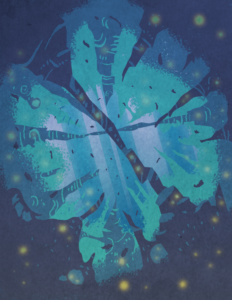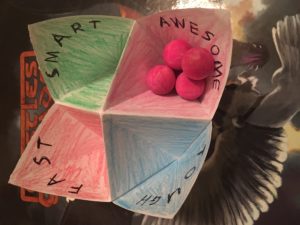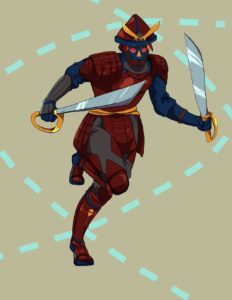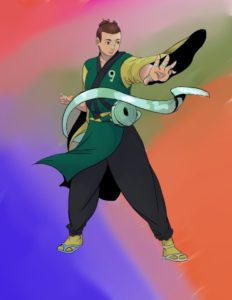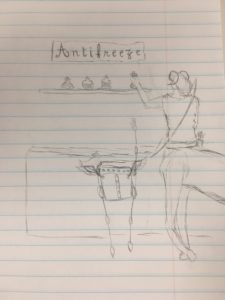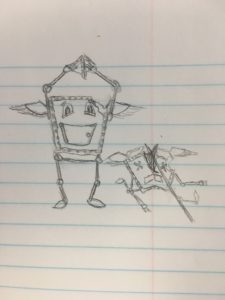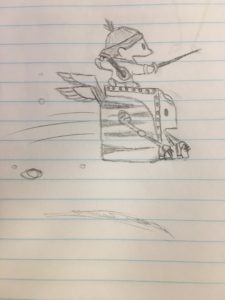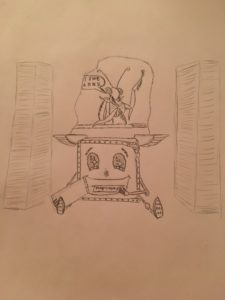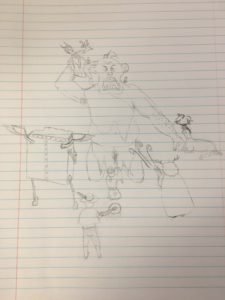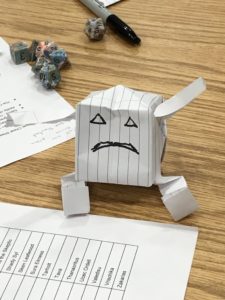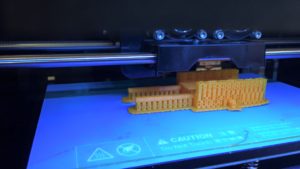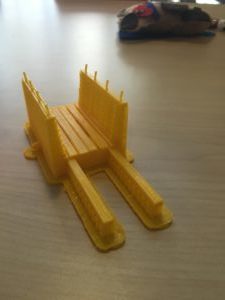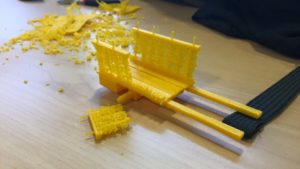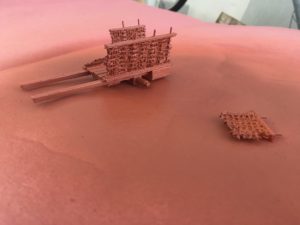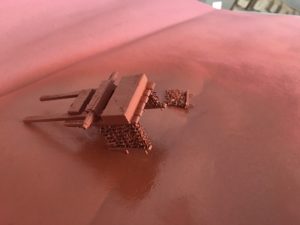Last weekend marked the third playtest of Descent into Midnight. Taylor graciously ran the session. This was the first time I’d been able to sit down and actually play the game, and it was a fantastic experience.
We’ll be doing our official updates on the website, but if you’re looking for up to the minute updates, check out the Twitter feed. You can listen to this session here or over on the Riverhouse Games Game Closet feed.
The Cast
- MC/DM: Taylor – our Design Lead, runs Riverhouse Games
- Player: Me – our Project Lead
- Player: Ryan – has literally played in more games of Descent into Midnight than anyone else at this point, also host of What’s Yr Fursona? podcast
- Player: Darcy Ross – marine snail biologist, co-host of Cypher Speak podcast, and Community Relations Manager for Monte Cook Games
The Playbooks
- The Monk-Templar (recently renamed the Empath): Darcy on this playbook. It focuses on absorbing the Corruption and negative emotions in others and using it to fuel their powers. As Taylor put it, while all of the members of the team are guardians, the Monk-Templar/Empath is a Guardian, with a capital G. Their primary stat is Hope. Darcy chose to take a hybrid form somewhere between a sand dollar and a humanoid.
- The Living Weapon: Ryan took on the Living Weapon playbook. As the name implies, this one focuses on a character who has been created to enact violence, but is doing their best to be more than just a weapon. They have the ability to be truly brutal if they need to be, and rely on the Calm stat to keep their cool. Ryan chose a transparent echinoderm with a strong venom.
- The Cultivator: I’ll be honest. This may be my favorite playbook. The cultivator uses psionic energy and biotech expertise to tend a garden that gives them access to special abilities or resources. They also have the ability to grow or power biotech devices with psionic energy. So if you want to play a character that has a Batman-like utility belt of cool gadgets, this character is one way to do that. Their primary stat is Altruism. I went with a large crab-like creature.
- The Awakened: this playbook is all about being present and persisting against apathy. The Awakened is a creature that has become fully sentient, unlike its kin, that now has a responsibility to protect them. Their primary stat is Drive. They can call upon their kin to aid them, and are paragons of their kind.
- The Seeker: this playbook is a little less well-defined at the moment. The Seeker reaches out to other planes, dimensions, or some other place to communicate with strange beings and spirits or seek out knowledge of the encroaching threat. Their primary stat is Community. They maintain a bit of distance from the community they serve to maintain perspective, which sometimes puts them at risk of isolation; the journeys into the places others cannot tread can be lonely.
The Game
This was my first time experiencing the game in action, and I think we learned a lot about what works and what might need improvement.
Character Creation
First, the game has a strong focus on creating unique aquatic creatures, and all three of the playtests so far have included intensely imaginative characters. While I played a large crab in this game, it seems like every few days I get a new idea for a character from seeing a bizarre, new-to-me sea creature on the Strange Animals Twitter feed. My latest inspiration is actually the Young Justice version of Blue Beetle, so unless something else strikes my fancy in the meantime, I intend to play a mollusk symbiote “wearing” a mammal. I’m thinking maybe a cuttlefish attached to a dolphin?
All of that is to say that you can and should let your imagination run wild when it comes to creating a character. So far I think we’re doing a great job of this. We’re working on a menu of additional powers based on your form (echolocation, armored carapace, bioelectric receptors, color-changing camouflage, etc). We had initially considered drawbacks as well, but decided against them.
Bonds, Relationships, Links to Other Characters
So far we haven’t explored the bonds to other characters or hooks in great depth (no pun intended). It’s something we’ll be looking into as we develop the playbooks further. The game is designed to encourage players to come together to face terrible threats that cannot be overcome simply or easily. We want to give the players a springboard to jump into the character and have strong cues for what their relationships with the other characters might be.
The game assumes that team is a tight-knit group. They share a psychic link. They have a shared mental space they can all occupy. Our job is to ensure the player has an easy way in to that.
Guided Meditation
Guided meditation as a technique for getting the players into a particular mindset is an idea I fell in love with as soon as we decided the characters would have a shared psionic link and have a sort of shared mental sanctuary. As we talked through it, Taylor brought in the idea that the sanctuary is reflected in a physical space. The team has a home base.
We’re still working on fleshing out the connection between their physical sanctuary and the shared mental space they can all inhabit, but a key component of this is the ability for the players to tap into their psionic potential through concentration and, basically, meditation.
The experiences I’ve had in yoga classes and a bit of dabbling in Taiko showed me the powerful effect of doing something as simple as closing your eyes and taking turns describing aspects of a scene, so it was something I knew right away I wanted to include.
In the playtest, we used it to build out the elements of the physical sanctuary. In the future, as we delve more into the mental aspect of the sanctuary, we’ll be using it as a technique to develop that as well.
Prologue Questions
One thing we want to emphasize with the game, as with many games using the Apocalypse engine, is player narrative control. In my “traditional” gaming experience (read Dungeons & Dragons, etc) I’ve had plenty of sessions where the DM presented information that failed to engage the players, even when the material being presented was interesting on an intellectual level, it was still someone else’s story.
For Descent into Midnight, we’re following in the footsteps of brilliant designers and using questions to build elements of the setting and get player investment. A dumb joke about “sea squirrels” during character creation became an integral part of the game. That can happen naturally, but we want to do everything we can to encourage it. In the playtest audio, you’ll hear Taylor ask us specific questions about the place where our characters live to establish details of the world that we’re all invested in.
I mention this in the debrief, but one of the things that worked really well was sticking to one question per person regarding the setting. When we’d initially created the questions, we’d thought of using a mechanic similar to Axon Punk, where the players each create a location, then pass it to another player to create an NPC in that location, then pass it again to create a trouble in that location.
As we explore longer term play, we may need to expand the amount of world building to ensure there are sufficient hooks for the story to continue play, but so far using a pared down version that presents the players with a clear picture of the setting with 3 to 5 elements has worked very well.
The Corruption
So far in our playtests, we’ve mainly engaged with the Corruption (the big bad evil thing) as having a physical manifestation in some form that can be attacked or battled in some way. Given that we’ve dealt exclusively in one shot games so far, it makes sense that the threat is something direct that the players can go out and engage with physically, or in a relatively direct psionic way.
To a lesser extent, we’ve dealt with the way that the Corruption can work its way into the players. Each playbook has a Corruption track that measures how much of the Corruption the character has taken on. This may mean that they’ve come into direct contact with some infected monster, or it may mean that they’ve experienced horrors that have left them vulnerable to darkness.
The Corruption is intended to be a mysterious malevolent, alien force from somewhere beyond. It can warp and twist living creatures and inanimate objects into horrible monsters, but it can also operate more subtly. It can poison the minds of thinking beings.
We still have a lot to discover about what the Corruption is, how we’ll present it to the players, and how that interacts with the Seeker’s ability to see or travel to other places. That said, we have enough to know that we want to try a game where the threat is much more subtle. What do you do as a super-powered psionic living weapon of an orca when the threat you face is a colony of octopuses living near a thermal vent who have suddenly decided to begin swimming down into the vents to their death for no apparent reason?
The game is designed to allow you to have action scenes and combat, but more than that, we want the characters to have to struggle with the repercussions of their actions, make tough choices, and deal with them together.
